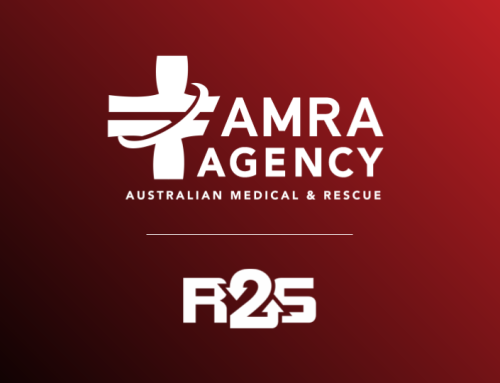Conflict Management for Educators
When I first discussed the idea of a conflict management course specifically for teachers, my non-teacher friends assumed I’d be talking about mediation, or de-escalating disagreements between students. While there’s certainly a use for those skills, the teachers I told knew exactly what I was talking about – managing unacceptable behaviours from parents and guardians.
Last year, Queensland teachers made 320 WorkCover claims for assault and violence over just 190 school days. In a recent report, 40% of principals and more than 60% of surveyed teachers claim to have felt uncomfortable or unsafe in the presence of a parent or guardian at some stage during their career. Causes for this range from dissatisfaction with their child’s scholastic results, to unwanted sexual advances. Considering that teachers are often meeting with parents or guardians on their own and without immediate help nearby, these incidents can be deeply concerning.
The impact does not stop with one individual, however. In a research project conducted by the Australian Security Research Centre in 2019, teachers responded that their exposure to conflict or aggression at work had negatively impacted their family life, their enjoyment of their work and even the way they chose to interact with certain students. It is not an exaggeration to say that the threat of aggression or violence from parents and guardians can have very real impacts on the education experience for children under the teacher’s care.
As Australia’s leading workplace violence prevention practice, and specialists in the area of adult education, we have worked closely with teachers to develop a fit-for-purpose training offering to help ensure safety for our educators.
Development of the CM4E Program
With the stakes so high, it was important that our Conflict Management for Educators (CM4E) program could make a tangible difference in teachers’ sense of safety whilst improving relationships with parents, guardians and students alike. The program is built on a safety-first model that strives to improve situational awareness, de-escalate misunderstandings and detach from potentially dangerous conflicts.
AWARENESS
The foundation of the program is designed to make teachers more aware of their environment, able to quickly orientate to any situation they may find themselves in, ascertain the potential cause of the conflict, and rapidly take stock of their available response options. We provide simple, easy to understand strategies that allow educators to maintain situational awareness whilst balancing the inevitable distraction and busyness of a normal work day.
For planned interactions, such as Parent Teacher Conferences, we guide participants to set themselves up for success through the application of priming, framing and environmental design to maximise safety. The focus should always be on the prevention of conflict and preparation for smooth resolution if required.
DE-ESCALATION
Next, we train participants how to communicate with empathy, seeking to both understand and reflect an appreciation for the pain points that are causing the current interaction. We build upon this with an exploration of emotional mapping (how others may see the world based upon their own experiences), perceptive listening, understanding triggers, and using Assertive Courtesy to validate emotion and solve problems. This section often provides breakthrough moments not just for managing angry caregivers, but for all areas of the participant’s life.
It is important to note that the communication skills that many teachers use with effect when managing student behaviour may not work well when applied to other adults. Understanding the shifting power dynamics, authority factors and consequence for actions is imperative for successful de-escalation in these situations.
DETACHMENT
Lastly, participants are given the skills to decide when it is no longer safe to engage with the aggressor and given strategies for expediting their exit without risk of further harm. Knowing where to draw the line, when to decide a boundary has been crossed, and how to escape to safety are incredibly important skills to have. This also facilitates a discussion of security technology, notifying fellow staff and students and alerting authorities if relevant.
We also provide an optional component of risk-based, simple self-defence skills on request if the school thinks this would add benefit for their educators.
VALUING OUR TEACHERS
It has been said that no profession is more assured to change the world than teachers. It is perhaps the most important job there is. Why, then, are we not equipping our most important professionals with the ability to feel safe in their workplace?
Let’s manage this risk and let them get back to changing the world.
Written by Joe Saunders F.ISRM AARPI RPP



